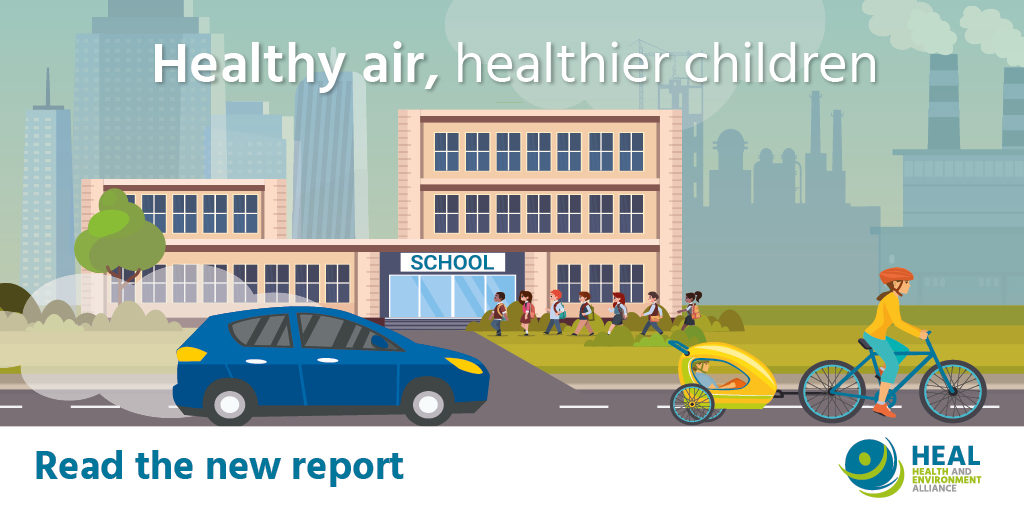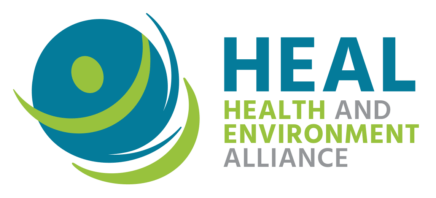As EU member states, regional and local authorities prepare to implement the revised Ambient Air Quality Directive (AAQD), this briefing by the Health and Environment Alliance (HEAL) argues that decision-makers and authorities should pay particular attention to addressing socio-economic inequalities in their clean air efforts. The swift transposition and implementation of the new rules, with strengthened administrative collaboration and the full utilisation of financial support schemes, promise significant progress towards cleaner air across Europe. Improved air quality will be beneficial to everyone and contribute to preventing health inequalities for those living in socioeconomically disadvantaged areas.
Buildings: They shape our health and well being on a daily basis regardless of whether we talk about homes, schools, workplaces, health care facilities, universities, shopping centers, or those used for religious or recreational purposes. With a majority of people’s time – about 20 hours a day – spent indoors, the buildings surrounding us, both residential and non-residential, are a crucial but often overlooked determinant of health. The built environment impacts our health through a variety of factors including inadequate ventilation, poor indoor air quality, chemical contaminants from indoor or outdoor sources, by making us feel too cold or too hot, traffic noise or poor lighting.
HEAL highlights buildings as a major factor for people’s wellbeing and engages the health and medical community to work towards health and climate-friendly buildings around EU and national policy opportunities.
The briefing ‘Healthy buildings, healthier people’ (available in EN, DE, TR, NL, FR, ES, BG and PL) explores the state of evidence of some of the risk factors and what they mean for the health of building residents and users. It highlights buildings as a matter of both public health and climate action, as buildings are responsible for up to a third of the EU’s greenhouse gas emissions and gives recommendations for policy makers, city-level officials, the building’s sector and the public health community, to highlight the positive impact that renovations combined with renewable energy and health considerations could make for planet and people.
Watch the Healthy Buildings video.
HEAL advocates that buildings where vulnerable groups, such as children or those that are energy poor, spend a lot of time are prioritised in energy efficiency and health efforts.
Schools are increasingly a focus of climate and energy efforts at the national level, and many of them are in need of renovation. School buildings can be pilot initiatives in tackling CO2 emissions and ensuring an environment where children can thrive and be healthy.
One of the largest investigations in schools to date, HEAL’s citizen science initiative Healthy Air, Healthier Children’ measured indoor and outdoor air pollutants around 50 primary schools in six EU capitals, Berlin, London, Madrid, Paris, Sofia, and Warsaw. The report underlines that good air quality in schools should be a priority for policy action at local, national and EU level, as children are more at risk from harm of polluted air.
HEAL’s report is not a representative analysis of schools’ indoor environments, nor an investigation of the actual health impacts on children in participating schools. The results indicate that air quality is not as good as it should be, with polluted air travelling from outside into the classrooms, high concentrations of nitrogen dioxide in some schools, and higher than recommended CO2 indoor concentrations in many schools, which can affect children’s ability to concentrate and learn well. Renovations for energy efficiency are an opportunity to address the ventilation challenges identified in HEAL’s investigation, leading to healthier learning conditions
The results and new report are available in an EU-wide report in English, and individual city reports in English and the respective national languages:
- Healthy Air, Healthier Children: London
- Healthy Air, Healthier Children: Madrid (also in Spanish)
- Healthy Air, Healthier Children: Berlin (also in German)
- Healthy Air, Healthier Children: Paris (also in French)
- Healthy Air, Healthier Children: Sofia (also in Bulgarian)





